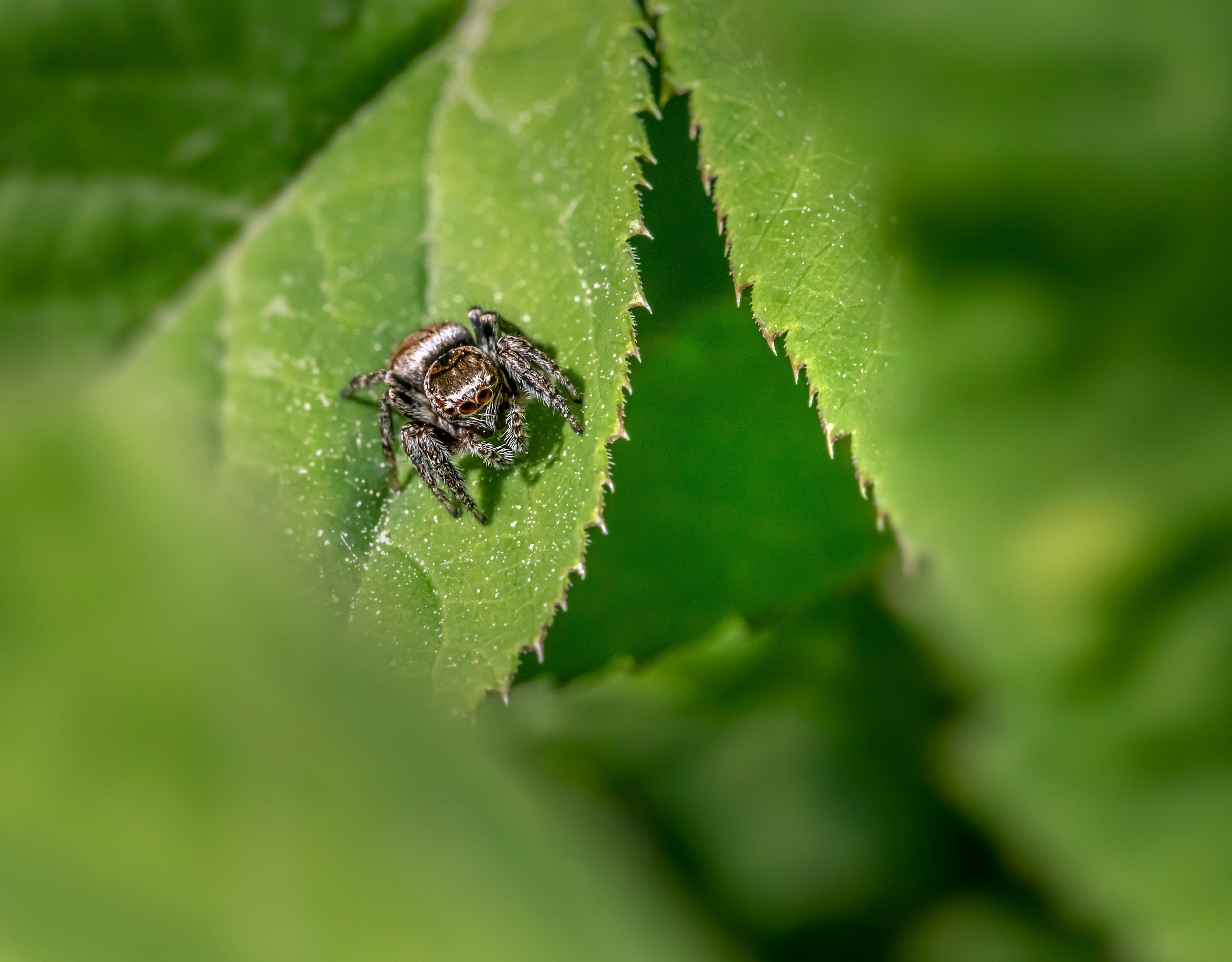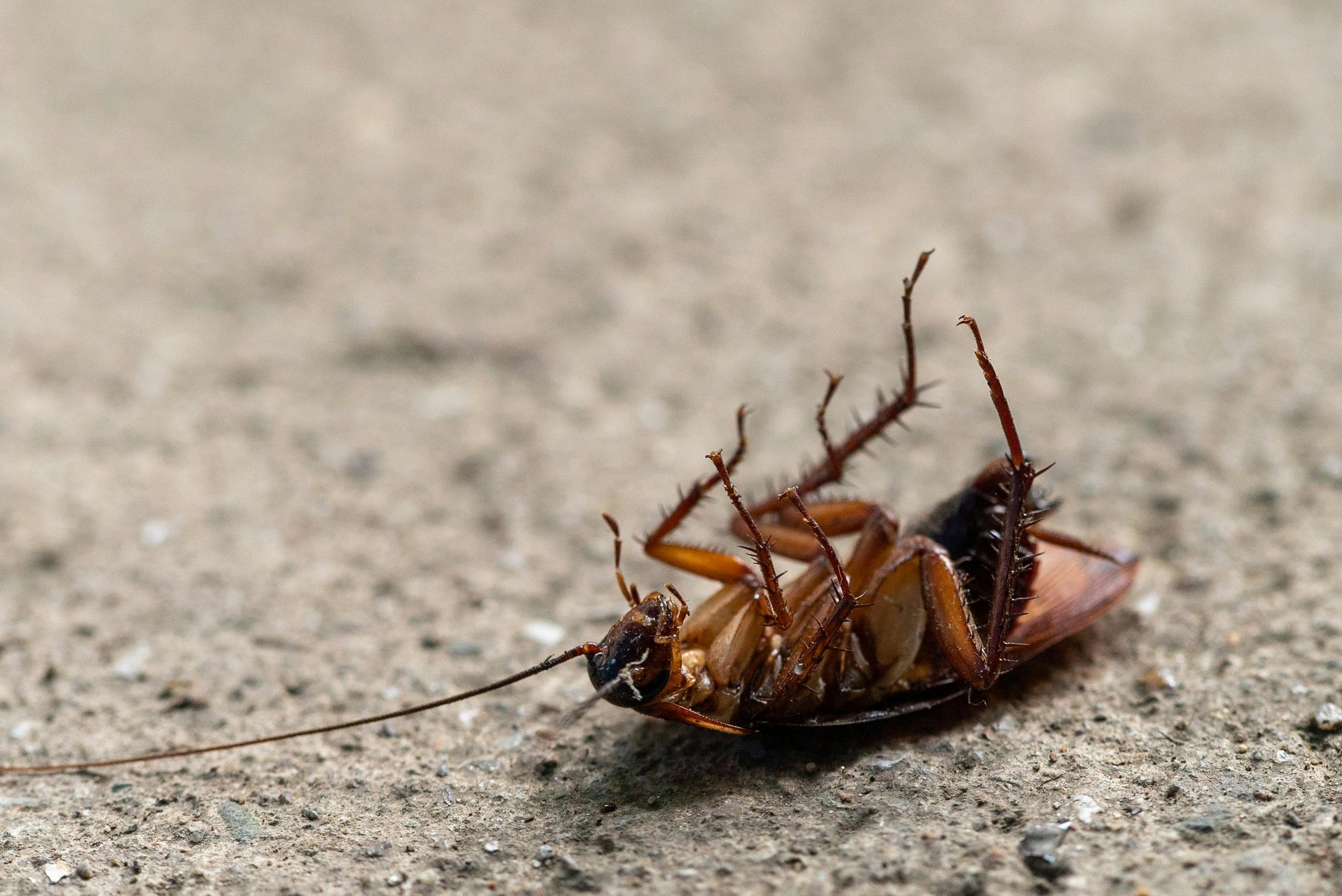Termites in Your Home? Look for These 5 Red Flags
Learn the top 5 warning signs of termite infestations in your home and how to address them before serious damage occurs.
Termites might be small, but don't let their size fool you. They are capable of causing significant damage to homes, potentially leading to costly repairs. Early detection is crucial for controlling these pests and protecting the value of your property. By keeping an eye out for warning signs, homeowners can protect themselves from the distress and financial burden that termites may bring. The following are five key red flags indicating the possible presence of termites in a home.
Red Flag #1: Hollow-Sounding Wood
One of the most telling signs of a termite infestation is hollow-sounding wood. When termites consume wood, they eat it from the inside out, leaving behind a thin veneer that gives off a hollow sound when tapped. This phenomenon occurs because the termites strip away the structural support from within the wood.
Wooden structures inside a home should particularly be checked for hollow sounds, especially in areas like floors, door frames, skirting boards, and window sills. By using a screwdriver or simply tapping with a knuckle, any suspiciously hollow-sounding spots can be identified. Tools such as moisture metres and infrared cameras can also aid in spotting termite activity behind walls or within flooring. Regularly checking these areas can be instrumental in catching an infestation early.
Red Flag #2: Mud Tubes on Walls
Termites construct mud tubes to travel between their colony and food sources while protecting themselves from open air and predators. These tubular shelters are vital for them, serving as a bridge for the subterranean termites seeking weakness in your home's structure.
Commonly, mud tubes can be spotted along foundations, in crawl spaces, and on exterior walls. The size of a pencil, these tubes appear muddy and can be easily overlooked unless regular inspections are conducted. To distinguish between active and inactive mud tubes, lightly break one open. Active tubes will often exhibit live termites scuttling along the exposed area, while inactive ones will be empty. Frequent examination of these areas can be key in preventive termite management.
Red Flag #3: Discarded Wings Near Entry Points
Termites undergo a swarming process as part of their maturity, where reproductively mature termites, known as swarmers, leave their nest to start a new colony. After briefly flying, these swarmers drop their wings, which can often be found near entry points within homes.
Keep an eye on windowsills, basements, and doorways, as these are common spots where discarded wings accumulate. It's crucial to differentiate termite wings from those of other insects like ants. Termite wings are uniform in size, while ant wings have a clear size difference between the front and back pairs. If finding wings, promptly call a professional; ignoring this can have serious repercussions.
Red Flag #4: Frass or Termite Droppings
Frass, also known as termite faeces, is a clear indicator of termite activity within a space. Drywood termites produce these pellet-like droppings, which they push out of their tunnels, often leaving little piles in and around your home.
These droppings can appear as small heaps of sawdust and are often found around wooden structures or inside cupboards and drawers. These tiny pellets are specific in shape, resembling tiny, six-sided brown or black barrels.
Upon discovering frass, it’s prudent to clean the area and contact pest control immediately. Removing it without disturbing the surroundings helps experts accurately identify the termite species and the scope of the infestation. Knowledgeable assistance can provide effective solutions.
Red Flag #5: Tight-Fitting Doors and Windows
Termite damage doesn't just show up in obvious places. One subtle consequence is in the operation of doors and windows which begin to fit tightly or suddenly become misaligned. This occurs because termites create moisture as they eat, which can cause the wood to swell.
Homeowners should monitor any changes in ease of use concerning doors and windows. If they suddenly become difficult to open, close, or fit unusually tight, this could signal termite activity. Termites weakening the wood may cause shifts in the structure, affecting the alignment and operation of these fixtures.
To assess and address this problem, conducting a thorough inspection of areas around doors and windows for any additional signs of termites or calling a professional ensures the issue is dealt with efficiently.
Conclusion
In summary, being vigilant for these outlined red flags can be pivotal in identifying a termite infestation before it escalates. Regular inspections and maintenance play an important role in preventing these pests from taking hold. If any signs are detected, seeking professional help promptly is advisable. Protect your home with termite treatments; early detection and intervention can save homeowners significant repair costs and stress. By staying alert and informed, you can safeguard your property from these silent destroyers.








